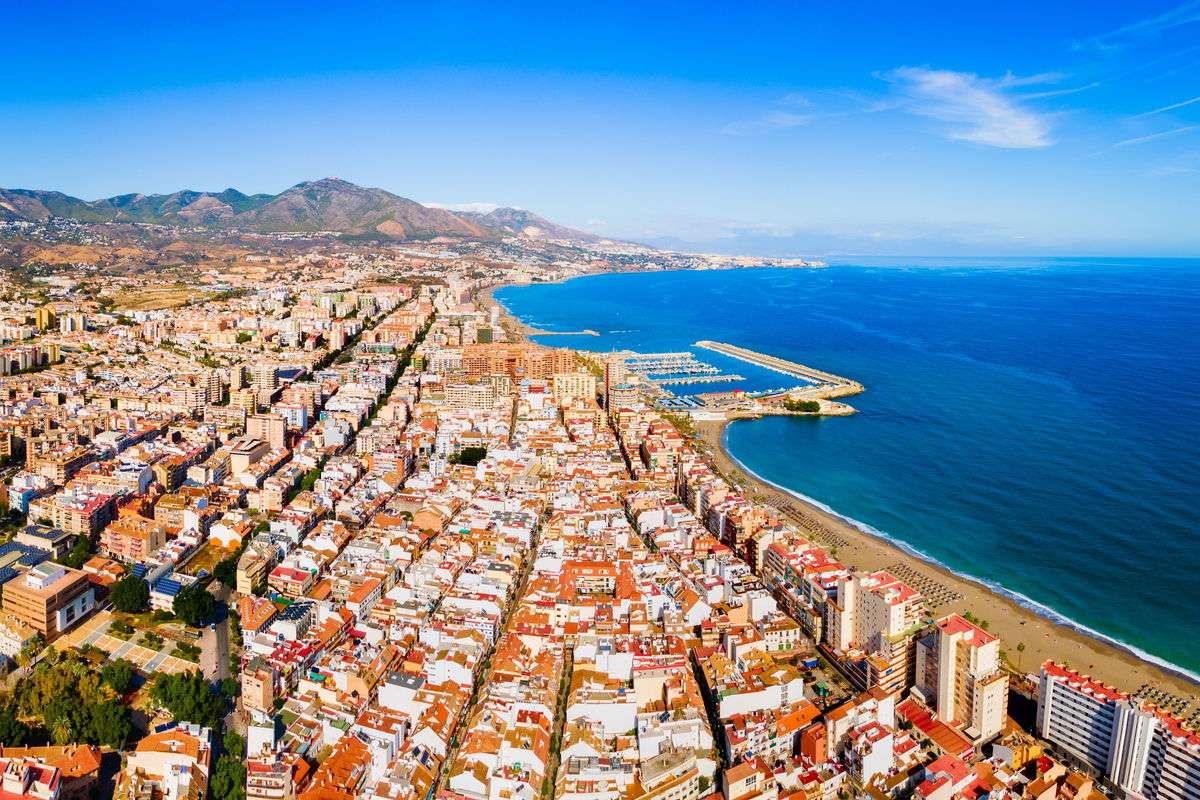The recent magnitude 8.8 earthquake off Russia’s Kamchatka coast, which sparked tsunami alerts across the Pacific, has left the Costa del Sol wondering: what if a tsunami hit Spain?
The entire Mediterranean, including the Costa del Sol, faces a near-certain risk of a tsunami with waves exceeding six metres within the next 30 years, according to UNESCO statistics. Although La Junta de Andalucía has taken important steps with its 2023 Plan de Emergencia ante el Riesgo de Maremotos en Andalucía, the question lingers: how prepared is the Costa del Sol for such a catastrophe?
How would a tsunami impact the Costa del Sol?
A tsunami, which originates in the seismically active Alboran Sea, the westernmost part of the Mediterranean, could devastate Malaga’s coastline in just 20 minutes. Waves up to six metres high and penetrating 700 metres inland would flood beaches and low-lying areas across the capital and 13 other municipalities, including Marbella, Fuengirola, Torremolinos, Nerja, and Estepona.
While the Mediterranean’s geography limits flooding compared to the Atlantic coast, where Huelva and Cádiz face potential waves on their flat lands of up to 12 metres, the Costa del Sol’s densely populated tourist hubs could face serious disruption. In Rincón de la Victoria, studies suggest there would be very minimal inland flooding, primarily only affecting beachfronts, but the rest of the region’s towns, from pavements to coastal businesses, could suffer.
The Plan de Emergencia, which was developed with the University of Malaga and the Copernicus programme, maps flood zones and building vulnerabilities to facilitate precise emergency planning. Andalucía’s Atlantic coast bears a higher risk, with historical precedents like that of the 1755 Lisbon tsunami that ravaged Huelva and Cádiz. “The probability of a tsunami is remote but real,” said Antonio Sanz of La Junta, and said that Andalusia has a moderate yet undeniable seismic risk. The region’s 800 kilometres of coastline, including over 500 beaches, shows the need for preparedness.
What would trigger the emergency tsunami response?
A magnitude 6 or higher earthquake detected by the Instituto Geográfico Nacional would activate the Plan de Emergencia’s pre-emergency phase. Within 15 minutes, mathematical models, including real-time simulations from the University of Malaga’s EDANYA group, would predict the tsunami’s impact. The EsAlert system, or “112 inverso,” would flood mobile phones across the Costa del Sol with alerts, recommending people evacuate to high ground or upper floors of sturdy buildings, much like what happened in mid-July, when thousands of residents living close to the coast received warnings on their phones due to a 5.4 magnitude quake off the coasts of Almería and Murcia. Unlike the Pacific’s swift response to the Kamchatka quake, which reported no fatalities, the Costa del Sol’s 20-minute window demands more precision and urgency.
Local authorities, guided by municipal action plans in 14 Malaga municipalities, would conduct emergency evacuations. Algarrobo, Benalmádena, and Vélez-Málaga, among others, have detailed plans to identify evacuation routes and safe assembly points. Emergency services, including police, firefighters, and Cruz Roja, would concentrate on vulnerable populations, while residents would be encouraged to avoid travelling by car to keep roads clear. The plan’s cartography, which uses European Space Agency data, would ensure evacuees are directed towards non-floodable zones, such as elevated areas or buildings at least four stories high.
How prepared are Costa del Sol citizens for a tsunami alert?
Public awareness is central to the Plan de Emergencia. The Guía Didáctica de Tsunami encourages families to prepare emergency kits with radios, torches, and first-aid supplies and to establish meeting points. But how many have actually done this? Drills, like the 2021 regional simulation and Rincón de la Victoria’s practical exercises, have improved local readiness without causing panic. “Andalucía is prepared,” Sanz asserted, citing the region’s pioneering status as Spain’s first autonomous community with a tsunami plan. Yet, UNESCO claims that only Chipiona in Cádiz is fully “Tsunami Ready,” suggesting a gap in the Costa del Sol that needs to be closed.
However, holidaymakers in the Costa del Sol’s economy pose a challenge. Tourists unfamiliar with local protocols and the fact Spain’s coast is surrounded by seismic activity may complicate or ignore evacuation orders, but EsAlert’s multilingual alerts hope to bridge that gap. Post-tsunami, authorities would inspect buildings, clear debris, and restore services, drawing on national support from the military and emergency services. The plan’s long-term vision includes refining risk maps and enhancing early warning systems to rival global standards.
What does the future hold?
The Costa del Sol’s moderate global tsunami risk contradicts the slow pace with which experts and teh government warn and train the public. The 1755 Lisbon tsunami serves as a stark historic reminder of the Mediterranean’s potential for destruction. While the Plan de Emergencia equips Málaga to respond swiftly, ongoing education and infrastructure improvements are vital. As the Pacific’s recent scare fades, the Costa del Sol must remain vigilant, ensuring its sun-drenched shores are ready for the rare but real threat of a tsunami.
